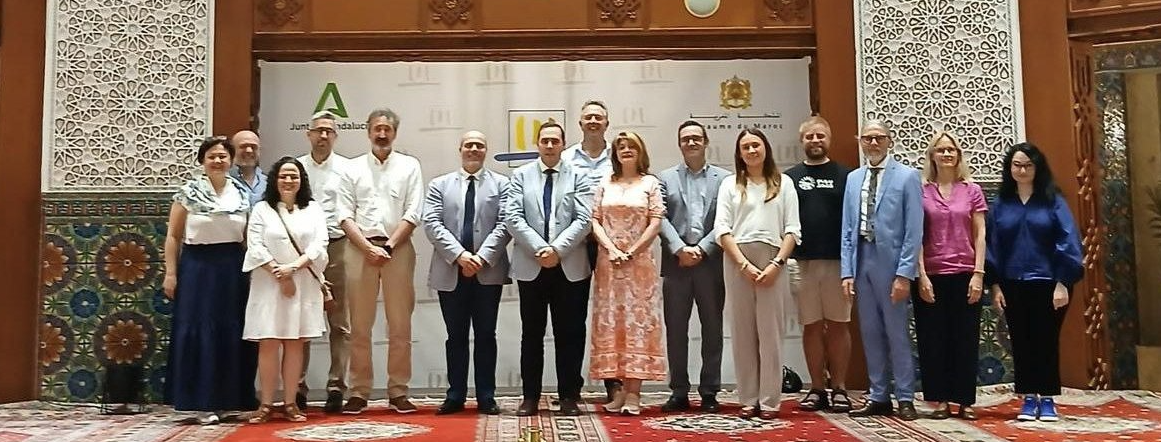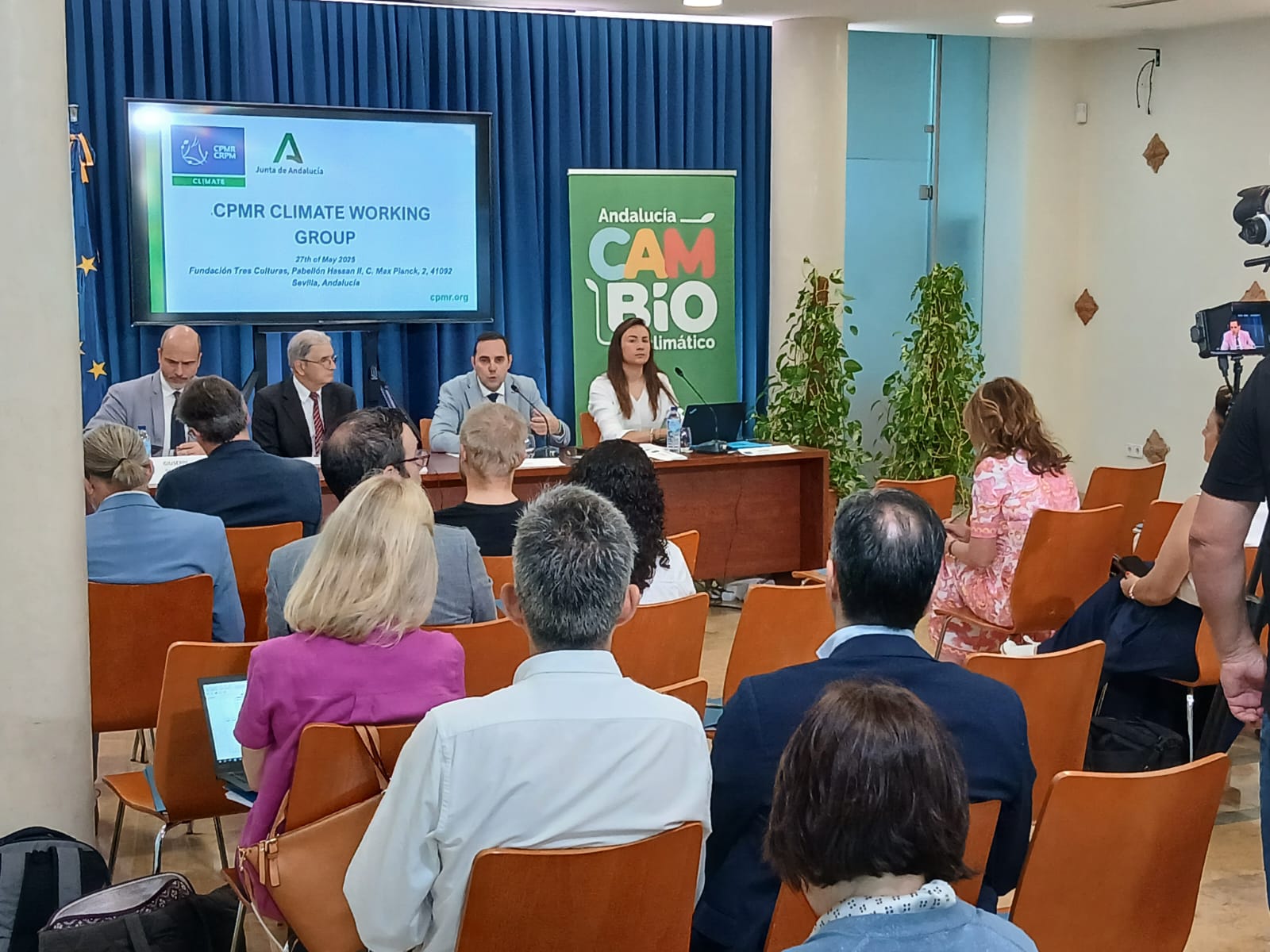The Andalusian Regional Government’s Department of Sustainability, Environment, and Blue Economy, one of Germ of Life’s partners, hosted the European Conference of Peripheral and Maritime Regions in Seville.
The Deputy Counselor of Sustainability and Environment, Sergio Arjona, shared the Andalusian experience as an example of climate adaptation, carbon sink conservation, and improving water resilience in the face of prolonged drought scenarios.
During the sessions, representatives from regions across Europe discussed the European Union’s 2040 climate goals, the upcoming Climate Change Adaptation Plan, and funding opportunities to promote sustainable solutions at the local level.

One of the sessions was dedicated to ‘Enhancing policy implementation: identification and scaling-up of good practices in a water resilience and circularity’. With topics such as:
-How to enhance water resilience through integrated river basin management and cross-border cooperation;
-Addressing the impacts of climate change on water availability and quality at regional level;
-The role of nature-based solutions in improving water retention, flood protection, and drought resilience;
-Regional contributions to achieving the goals of the European Water Resilience Strategy;
-Leveraging EU funding and Cohesion Policy tools to support innovative water management projects;
-Enhancing multilevel governance for water-climate adaptation synergies
Nature-Based adaptation solution
This event included a study visit to Veta la Palma, a 11,000-hectare estate located in the municipality of Puebla del Río (Sevilla). The property, which covers nearly half of “Isla Mayor” in the Guadalquivir marshlands, is bordered by the Guadalquivir River and the “Brazo de la Torre”. Approximately 10,000 hectares of the estate lie within the Doñana Natural Area (Doñana Natural Park), and it is designated both as a Special Area of Conservation (SAC) under the Natura 2000 Network and as a Special Protection Area (SPA) for birds.
Over the past 30 years, the aquaculture zone has offered more than 3,000 hectares of permanent water coverage, which has become an essential habitat for birds in Doñana. The estate contributes significantly—both in numbers and diversity—to buffering the impacts of dry years on wildlife.
According to climate change projections, autumn rainfall will continue to decline, leading to more years with limited flooding across natural marshes. This makes Veta la Palma a key area for enhancing resilience and facilitating adaptation to the expected changes.


